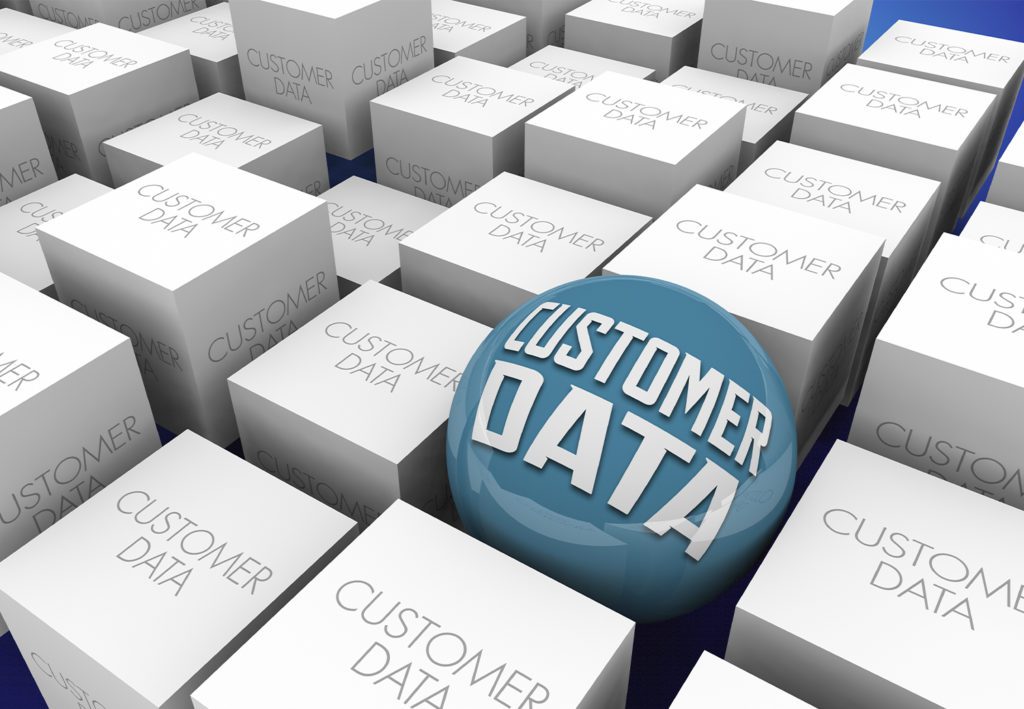Today’s consumers expect brands to communicate with them on a more personalized level, addressing their needs and individual interests. Research has consistently shown that when marketing messaging is both targeted and personalized, it has a direct impact on performance. The good news is there’s a ton of data for use in targeting, whether you gather it yourself or purchase it from a reputable list company. But what are the best ways to leverage that data?
There are many different categories of data – or data “buckets” – and each can be used for various purposes. Let’s take a look at four common ones.

1. Demographic Data
This is the most specific data type and creates large customer “buckets” that can be used to market the right products to the right people. As two straightforward examples, the type of clothing you market to teenage girls will differ from the type you offer guys in their thirties…and the type of landscaping services you offer to a homeowner on a half-acre lot will differ from someone who owns a 50-acre farm.
There are limitations to how much demographics can tell you, but they can be an essential starting point.
2. Geographic Data
Where someone lives can give you important insights, too. Customers in the Northeast will be open to different products in January and February than those in the Southwest. Customers in urban areas generally have other priorities and needs than those in rural settings. There are many geographic “slices,” so find the right ones that make sense for your products.

space
3. Interests
Cross-referencing your customer data with interest-based data can also be incredibly useful. For example, knowing whether people in your database donate to charitable causes, purchase hunting or fishing equipment, or participate in ultra-marathons will give you even more ways to divide your target audience into relevant segments.
4. Past Purchases
Tracking past purchases can teach you a lot about your customers and help you anticipate what they might need next. If someone recently purchased a pair of brown dress shoes, for example, perhaps they also need a similar style in black or a pair of slacks to go with them. Or, let’s say someone purchases a pair of high-end trail running shoes – they are likely logging serious miles and will need replacements within the next five to six months.

space
Customer targeting doesn’t have to be complicated. It just requires finding the correct type of data to match your marketing and sales goals and then being intentional about how to use it.
Looking to turn your data into more powerful, targeted print communications? We’re here to help!
